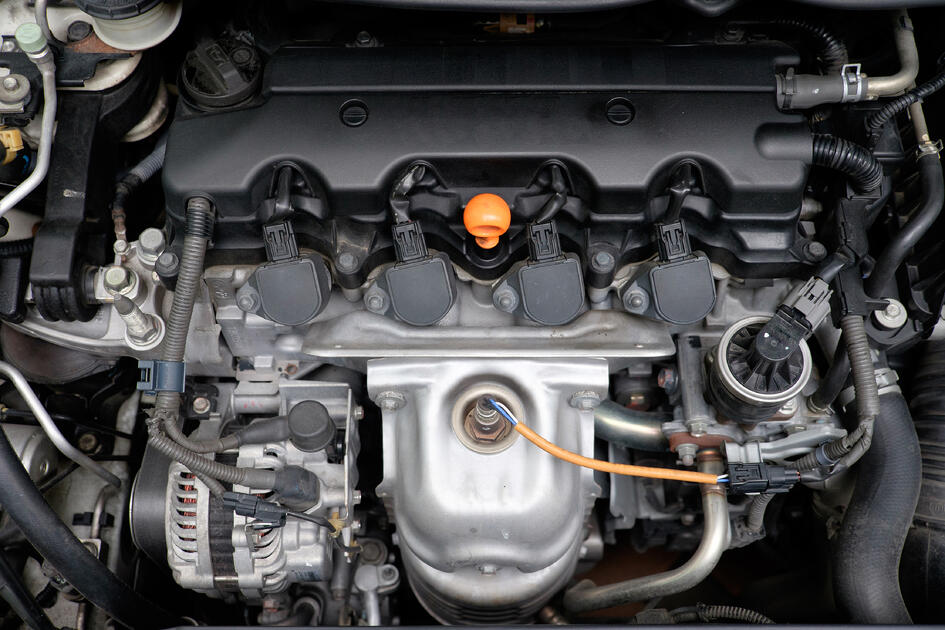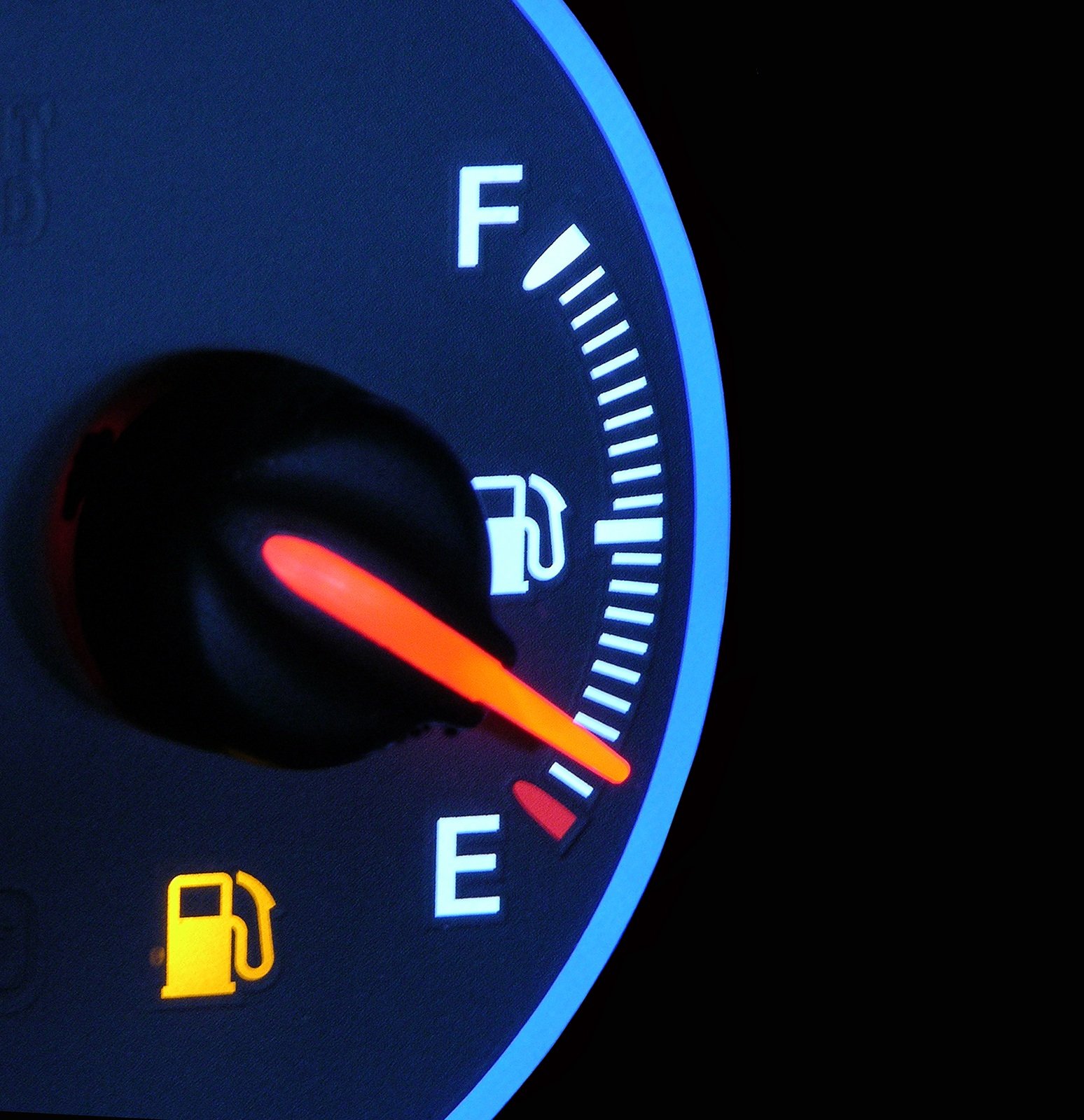1 min read
Car Care Tips For Better Gas Mileage
National Car Care Month is coming to a close and we hope you enjoyed our first blog post of the month, discussing the top ten car care tips to get...

Within the United States, it is nearly impossible to buy gasoline that does not have 10 percent ethanol added to the blend.
 Recently, the United States approved the sale of gas containing 15 percent ethanol and it is available in limited areas. The name for the new blend is E-15 gas, meaning that it has 15 percent ethanol and 85 percent gasoline.
Recently, the United States approved the sale of gas containing 15 percent ethanol and it is available in limited areas. The name for the new blend is E-15 gas, meaning that it has 15 percent ethanol and 85 percent gasoline.
When the Federal government announced that E-15 was available in the United States, some carmakers such as Honda, Nissan and Ford announced that warranties do not cover engine damage from using this blend of gas.
Ethanol-blended gasoline decreases performance and lowers mileage in almost all types of cars. Ethanol burns with less energy than regular gasoline, making drivers use more gas to go any distance. Road and Track Magazine concluded that using E10 fuel decreases your mileage by as much as 10 percent.
Also, ethanol produces less power than regular fuel – about one-third less. This creates incidences of decreased performance, reduced throttle response, and inefficient combustion.
With gas prices fluctuating between high prices and record high prices, it is no surprise that drivers will try to compensate for the decreased mileage they get with E10 and E15 fuels.
Follow these easy, tips and watch your mpg return to where it was when the car drove off the showroom lot.
Photo Credit / Creative Commons / No Changes Made

1 min read
National Car Care Month is coming to a close and we hope you enjoyed our first blog post of the month, discussing the top ten car care tips to get...

Most simply, fuel mileage is determined by dividing the number of miles you have traveled by the number of gallons of fuel consumed. But in the real...

You may notice that your gas mileage has gone down a little bit in the past couple of months. Before we go blaming on ethanol (even though ethanol’s...